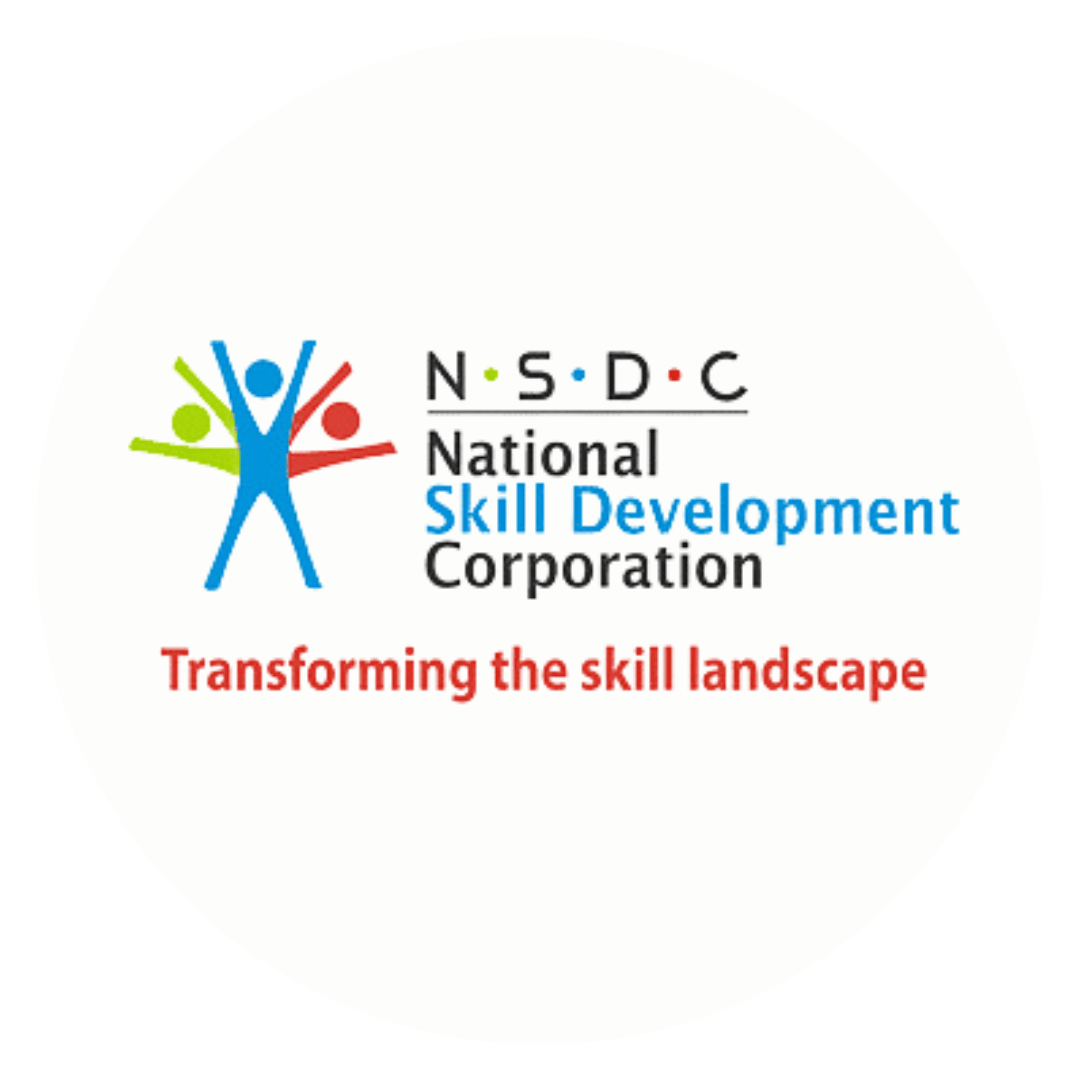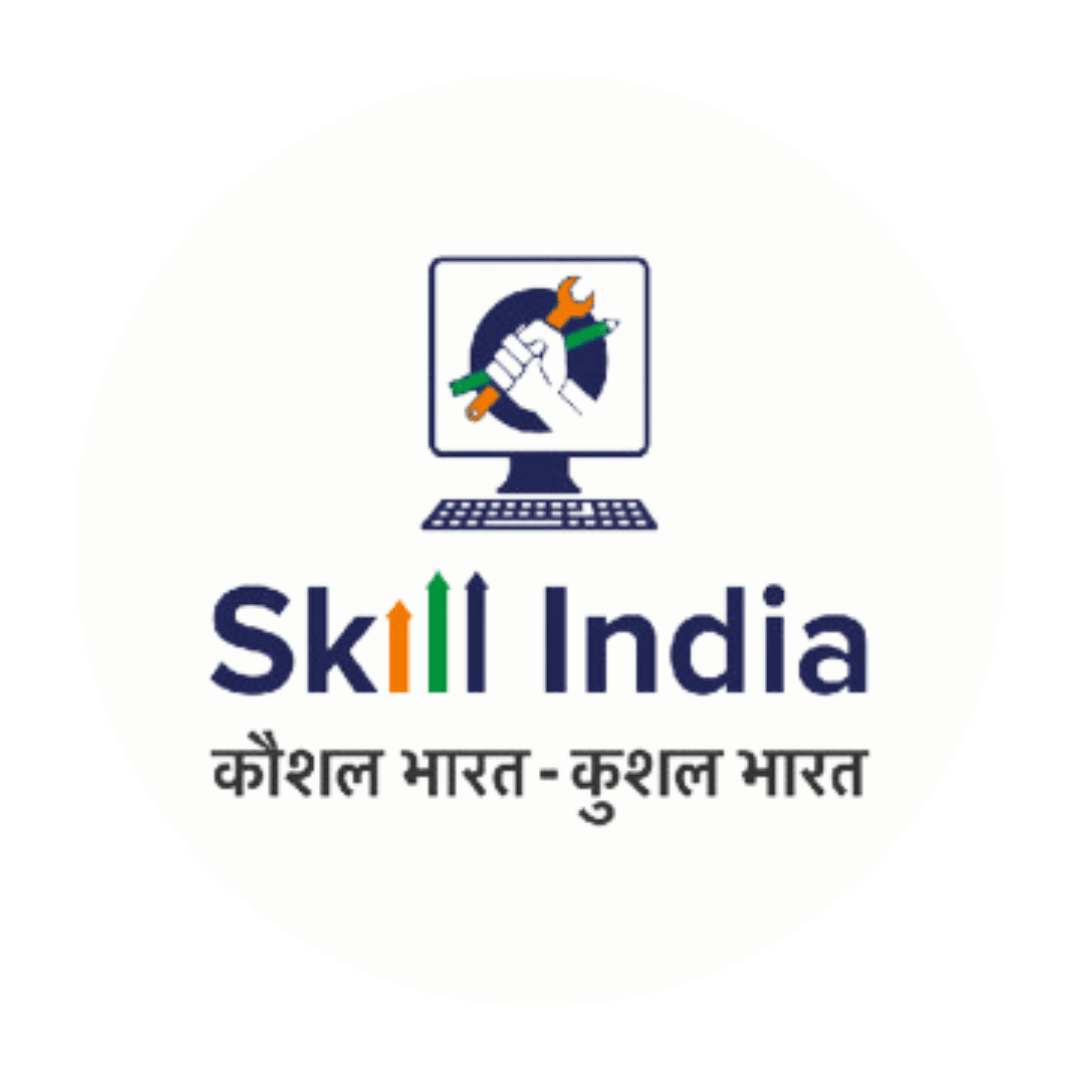Safety Induction Training: Empower Your Skills Table of Contents Introduction Importance of Safety Induction Training Key Elements of Safety...
Read NowSimplify Complex Ideas. Offer Consistent Learning. Break Language Barriers.
Safety Animation Video for Safety Training
Safety animation, being a visual medium proves to be a successful communication method for education. EHS movies provokes better learning, as it evokes two most important organs of human anatomy simultaneously, i.e. eyes and ears. Hence, information is retained easily and for a longer duration.

Ideal for demonstrating hard-to-observe processes.

Consistent information across all sessions.

Speaks to diverse linguistic and cultural groups.

Emotional elements enhance audience connection.

Animations mirror everyday scenarios, aiding learner engagement.

Audio-visual format aids comprehension for all literacy levels.
Industrial Safety Animation videos we create
Employee/Visitor Orientation program employs advanced industrial training techniques to enhance onboarding.
Customer can showcase work locations on large screens in training rooms, offer immersive 3D video walkthroughs of industry/Plant/Office, and provide thorough explanations of critical Environmental, Health, and Safety (EHS) policies. This comprehensive orientation ensures new hires and visitors are seamlessly integrated, fully understanding our operations, safety standards, and company values from day one.
- Safety Induction
- Contractor Management / Owner Safety Induction
- Company Code of Conduct
- Director/Owner Safety Message
- HR Orientation
- Security Induction Video
- Visitor Induction Video and Many More++
Minutes Completed
Technical Training Video provides a detailed and industrial-focused demonstration of critical work activities such as height work, confined space operations, Job Hazard Analysis (JHA), and driving safety. It highlights the associated hazards and outlines essential safety precautions to follow. The content is structured for clarity and ease of understanding, ensuring workers can grasp and implement safety protocols effectively, enhancing overall workplace safety.
- Scaffolding Procedure Video
- Working at Height
- Rigging and Lifting
- Tool Box Talk
- Personal Protective Equipment (PPE)
- Excavation Safety
- Electrical Safety and Many More
Minutes Completed
Equipment/Process Description product offers a comprehensive overview of production, mechanical, electrical, and civil processes. It includes detailed flow charts and diagrams to facilitate understanding and clearly explains each step. Additionally, it outlines relevant safety policies and procedures, ensuring thorough knowledge of operational and safety standards.
- Material Handling
- Process Safety Training
- Electrical Safety Process
- Incident Reporting
- Permit to Work and Many more++
Minutes Completed
Recreating Incident Scenarios product accurately depicts the exact conditions at the time of an accident, replicates the accident location and chain of events, highlights what went wrong, and suggests corrective actions and recommendations. This comprehensive approach helps in understanding the incident thoroughly and implementing measures to prevent future occurrences.
Minutes Completed
Our Standard Operating Procedure product features 3D replications of equipment, providing a detailed explanation of all important controls. It illustrates the safety operating procedures specific to each piece of equipment and site, and clearly shows the exact steps to be taken in sequence, ensuring comprehensive understanding and safe operation.
Minutes Completed
Type of Animated Safety Videos
2D Animation
3D Animation
AV Presentation
Video Montage
Development Process
Step 1 - Requirement Gathering and Analysis
We start by understanding your specific needs and goals through : Conduct meetings with clients representative with our safety experts/ Subject Matter Expert (SME) to understand objectives, target audience, key messages, and compliance requirements.
Step 2 - Scripting
Our skilled writers craft a detailed script that incorporates key safety themes and real-world scenarios. Develop a comprehensive outline that includes key plot points, educational objectives, and character focusing on the specific topics and customisation required.
Step 3 - Principal Photography
To create realistic and immersive 3D environments, we gather high-quality photographic references of real industrial settings. This includes capturing textures and materials that will be used in the 3D modelling phase.
Step 4 - 3D Character, Prop and Vehicle Development
Based on the Photography conducted we develop detailed concept art for characters, props and vehicle followed by creating 3D models using industry-leading software. Each character, prop and Vehicle is designed to accurately represent site specific safety gear and equipment.



Step 5 - Rigging
Our technical team sets up the skeletal structures for 3D Model objects, known as rigging, which allows for realistic and flexible movement. Rigging is essential for animating model effectively, especially in complex safety scenarios.

Step 6 - 3D Set Development
We create realistic 3D models of industrial environments, focusing on details like safety markers, emergency exits, and hazard zones. This step ensures that the settings are both accurate and visually engaging.



Step 7 - Storyboarding Development
Our team breaks down the script into detailed storyboards that visualize each scene. This step includes technical notes on camera angles and lighting to ensure the narrative is effectively conveyed.

Step 8 - Client Discussion & Feedback on Storyboard
We present the storyboard to you for feedback, ensuring that the visuals and narrative meet your expectations. Revisions are made based on your input to align with your vision and safety objectives.
Step 9 - Animation Process
Using advanced animation techniques, our animators bring the characters and scenes to life. This includes detailed keyframe animation and in-between to ensure smooth and realistic movements.

Step 10 - Scene Lighting & Rendering
Our lighting experts set up lighting to enhance the mood and highlight key safety elements. The scenes are then rendered using high-quality rendering software to ensure clarity and detail.


Step 11 - FX and Compositing
We add special effects and composite the final frames to create a polished look. This includes adding visual effects like fire, smoke, and chemical spills to enhance realism.



Step 12 - Editing and Voice Over Patching
Our editors assemble the rendered scenes and add sound effects and background music. We also record and sync voice overs to ensure clear and accurate delivery of safety messages.



Step 13 - First Draft
We compile all elements into a first draft and conduct an internal review to identify any areas for improvement. This draft is a complete version of the movie ready for client feedback.
Step 14 - Client Feedback
We present the first draft to you for review and collect detailed feedback.
Step 15 - Final Output
After final adjustments and thorough quality checks, we export the movie in the required formats for distribution. The final product is delivered to you, ready to be used for training and educational purposes.
Project Executed





Technologies Suite







Blogs
Making SOPs a Safety Tool via Safety Animation
Making SOPs a Safety Tool via Safety Animation In this blog, we explore how traditional safety measures often fall...
Read NowUsing Animated Videos for Ensuring Tower Erection Safety:
Using Animated Videos for Ensuring Tower Erection Safety: A Complete Guide To save the workers from serious injuries and...
Read NowFAQs
The primary objective is to educate industrial workers and management about critical safety protocols, hazard awareness, and best practices to prevent accidents and injuries in the workplace.
The target audience includes industrial workers, supervisors, safety officers, and management personnel. The content should cater to all levels, ensuring that everyone from new hires to experienced employees benefits from the training.
The movie will cover topics such as:
- Personal Protective Equipment (PPE) usage
- Machine operation safety
- Hazardous materials handling
- Fire safety and emergency evacuation procedures
- Lockout/tagout procedures
- Fall protection
- Electrical safety
- Ergonomics and safe lifting techniques
The length can vary based on the complexity of the topics. Generally, segments ranging from 5 to 10 minutes each for specific safety topics are effective. A complete training module could be between 30 to 60 minutes, divided into easily digestible sections.
A realistic 3D animation style can be highly effective in demonstrating industrial scenarios and equipment. It allows for detailed visualization of machinery and environments, making safety procedures clearer and more relatable.
The budget will depend on factors like the length of the movie, the complexity of the animation, and the need for specialized content such as custom machinery models. A detailed budget should account for scriptwriting, voice talent, animation production, sound design, and any necessary revisions.
The script should be developed by a professional scriptwriter with input from industrial safety experts. Collaboration ensures that the content is both engaging and accurate, adhering to industry standards and regulations.
Voice talent should be selected to match the professionalism and tone required for industrial safety training. Clear, authoritative voices that can convey complex information effectively are preferred. Auditions can help in selecting the right voice actors.
The timeline will include phases such as research and scripting (4-6 weeks), storyboarding (2-3 weeks), voice recording (1-2 weeks), animation production (8-12 weeks), and post-production (2-4 weeks). A detailed project plan will outline each phase with specific milestones.
Distribution channels may include internal company networks, learning management systems (LMS), USB drives for offline viewing, and online platforms like YouTube or Vimeo for easy access. The method should ensure that all employees can access the training conveniently.
Effectiveness can be measured through pre- and post-training assessments, feedback surveys from viewers, and monitoring incident rates before and after training implementation. Additionally, engagement metrics such as completion rates and quiz scores can provide insights.
Yes, it’s crucial to ensure that the content complies with relevant occupational safety and health regulations, such as OSHA standards in the United States or other local regulatory bodies. Consultation with legal and safety compliance experts is essential.
Yes, the movie can be customized to reflect specific industrial settings, machinery, and safety challenges unique to different industries such as manufacturing, construction, mining, or chemical processing. Tailoring enhances relevance and effectiveness.
Supplementary materials such as handouts, safety checklists, interactive quizzes, and discussion guides can be developed to reinforce the safety messages. These can be used during training sessions or as part of ongoing safety programs.










